- Affordable
- Unreliable and slow.
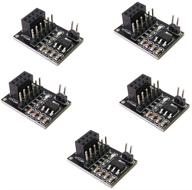
2
·
Terrible

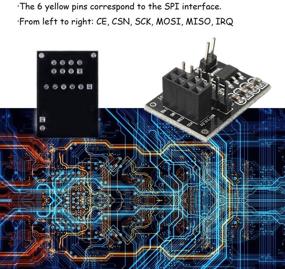
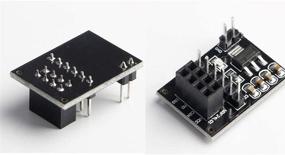
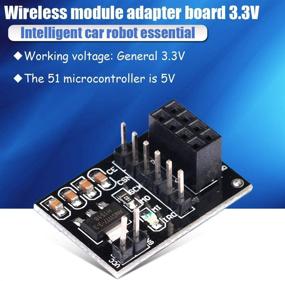
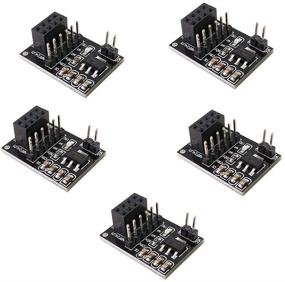
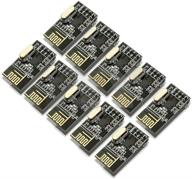
📶 kuman 10pcs nRF24L01+ 2.4GHz Antenna Wireless Transceiver Module for Arduino Raspberry Pi Compatible K19

8 Review
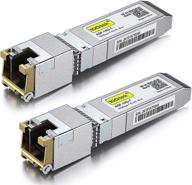
10GBase-T SFP+ Transceivers, 10G Copper RJ-45 SFP+ CAT.6a, up to 30 meters, 🔌 Cisco SFP-10G-T-S Compatible, Ubiquiti UniFi UF-RJ45-10G Supported, Fortinet, Netgear, D-Link, Supermicro (Pack of 2)

9 Review
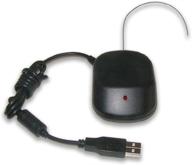
📡 CM19A R.F. PC Transceiver for X10 Devices

8 Review

TRENDnet TC-TP1 Network Signal Testing Probe with Adjustable Volume, Speaker and Compatibility for TC-NT2

8 Review
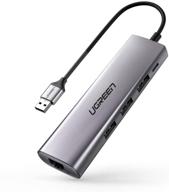
UGREEN USB 3.0 Ethernet Adapter Hub with RJ45: Fast Gigabit Ethernet Converter, 3 Ports USB 3.0 Hub Compatible for MacBook, iMac, Surface Pro, Chromebook, Laptop, PC

11 Review
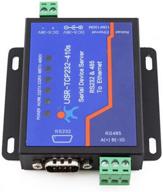
🔌 USR-TCP232-410s: RS232/RS485 Serial to Ethernet Adapter/IP Device Server with DHCP/DNS Support

4 Review

🔌 CERRXIAN RS232 to Ethernet Serial Device Server - TCP/IP Converter with 1Port DB9 RS232 Serial to Ethernet Connectivity

3 Review
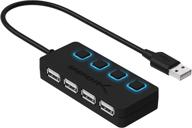
HB-UMLS Sabrent USB 2.0 Hub with 4 Ports and LED Power Switches for Each Port

12 Review